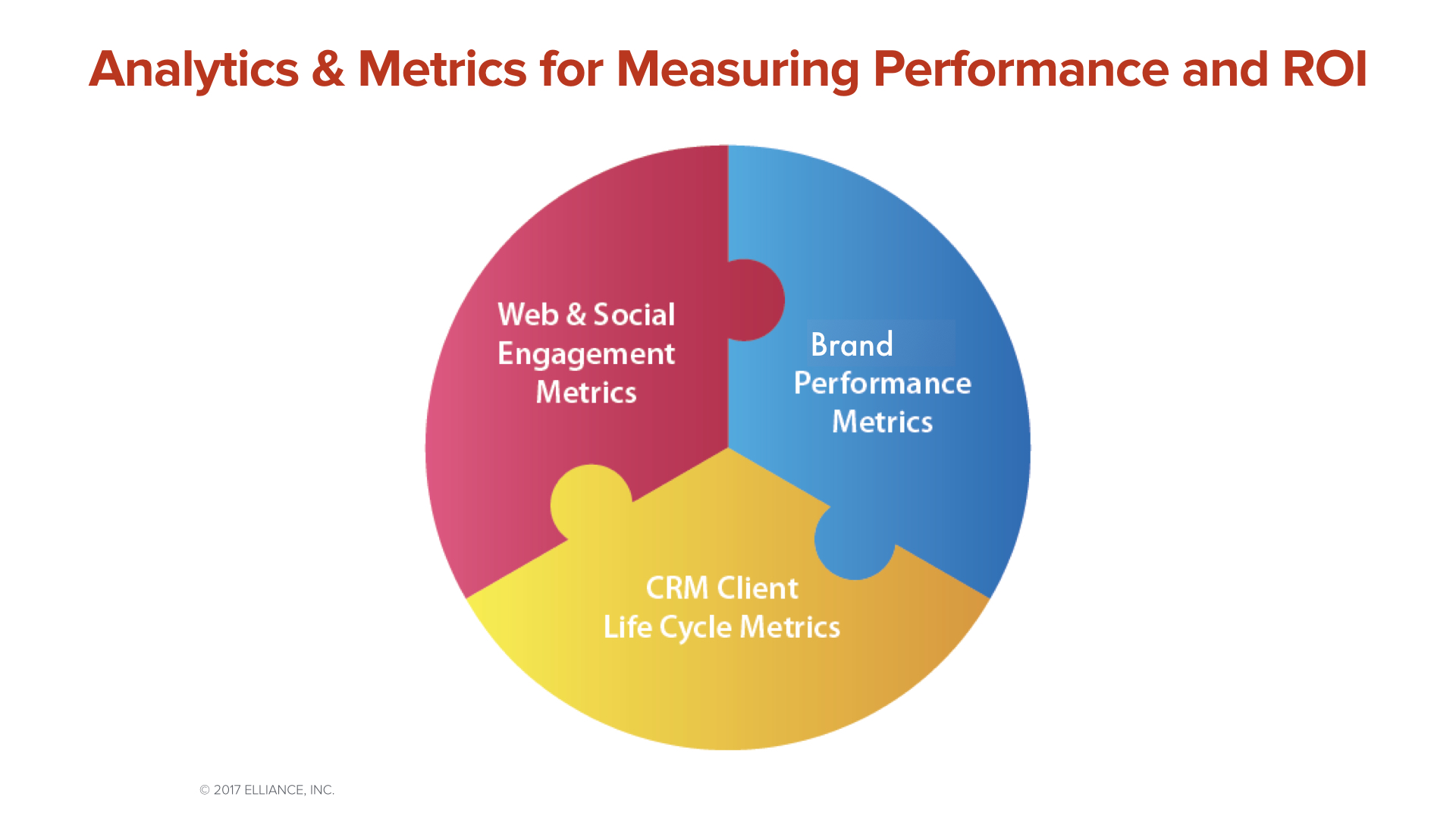| Mar 4, 2020
20 Higher Education Marketing Trends for 2020
In 2020, higher education marketers are battling to win an outsized share of a shrinking pool of domestic and international students. Here are the 20 innovative trends that are underpinning higher education marketing.
OUTLOOK & CULTURE
1. Celebrating Heroes
Colleges and universities are realizing that students, alumni and faculty — not the institution — are the real heroes of a college’s story. That’s why they are increasingly spotlighting them and the consequential problems of humanity they are solving.
2. Storytelling
You become the story you choose to tell. Colleges and universities are mining their history and mission to create purpose and propel themselves into the future. This story is what students, parents, donors, funders and partners are buying. Institutions are realizing that a brand rarely exceeds the size of its ambition.
3. Student Lifecycles
As one college president said “we are recruiting future brand ambassadors and donors”. Colleges are taking the long view and seeing prospective students, current students, alumni and donors in a single continuum.
4. Collaboration
Silos are finally dissolving and bridges are forming across the campus.
- Between Admissions/Enrollment and Marketing: Colleges are augmenting integrated marketing with timely follow-up and boots-on-the-ground activities.
- Between Academic Departments: Colleges are creating a new, distinct interdisciplinary portfolio of programs, where they can secure an indisputable competitive advantage. They are resisting the temptation to start new, commodity programs.
- With Advancement: Colleges are creating war chests to fund scholarships, hire talented faculty, build labs and facilities, and form new centers of excellence.
- With Board Committees: Colleges are persuading board committees to expand their marketing budget to 10 percent of total revenue to keep pace with their peers.
- With Marketing Partners: Colleges are avoiding the trap of democratic budget allocation. They are prioritizing programs and allocating budgets equitably, not equally. They are creating budgets for piloting new approaches and tactics, and are orchestrating marketing partners smartly to prevent fracturing of their brands.
BRANDING

5. Brand Anthem Videos
Colleges have become adept at knowing their core promise, values, ideals, distinctions and uniqueness. They are articulating their brand value cheerfully irrespective of whether it’s a liberal arts college, STEM university, research powered, experiential brand, college of access, online educator or an integrative brand.
Colleges are persuading increasingly skeptical buyers with proofs of their marketing claims in the form of stories, stats and third-party validations. They know it’s better to be long on proofs and short on claims.
They are speaking with one brand voice to all audiences, but striking different notes for each segment of students, donors, partners and influencers.
To distill the argument for their brand, colleges are investing in brand anthem videos. Here is one example of a brand anthem video we produced for New York Chiropractic College:
And another one for Boler College of Business at John Carroll University:
6. Standing for a Cause
Colleges are adopting societal or global causes that are meaningful and consequential, but are rooted in their institutional core strengths. They are active participants and promoters of the cause. In a fragmented world where there are competing voices and narratives, they are trying to win the battle for meaning – with intentionality – by owning mindshare, social shares and Google rankings for their distinct point-of-view.
7. Investing in First Impressions
Perceptions account for half of popular college ranking on surveys like the US News rankings. To influence them, colleges are paying close attention to both physical and virtual touch points.
They are fortifying every digital touch point including websites, social media channels, search engine descriptions, paid campaigns and brand anthem videos.
They are also infusing beauty and strength in every physical touch point such as campus grounds, campus signage, classrooms, college tours, admissions office décor, open houses, and information sessions.
8. High-Fidelity Academic Program Pages
Program pages are the “money pages” on a website and are used by value-minded prospects to make their college choices. Colleges are building them with the right balance of persuasion, argument construction and beauty.
TARGETING
9. Pursuit of the Right-Fit
Colleges are inverting the admissions funnel by promoting their students and alumni heroes to attract like-minded prospects. They wish to create admission pipes, not funnels. Like-minded prospects are three times more likely to convert than paid advertising leads.

10. Influencers & Feeders
Colleges are embracing wholesale student streams because they outperform retail recruitment models.
11. Surround & Engage
Colleges are fishing where the fish are. They are allocating marketing investments in digital channels where students roam. They are investing marketing dollars in both traditional and digital channels where influencers live.
SEARCH ENGINE RANKINGS
Colleges know that leads generated from high-fidelity content out-convert paid advertising leads. The best prospects prefer to “discover” the college of their choice through word-of-mouth on social media and via “accidental finds” on Google page one.
12. Keyword Guides
Colleges are creating their Keyword Guides comprised of the keywords and key phrases they want to claim. Categories in the lexicon include program keywords, brand positioning keywords, reputation keywords, decisioning keywords and location keywords.
- Claiming rankings for top programs. If a college or a program is top ranked, they are developing shareable, high-fidelity content to secure top rankings for it on Google. They are refusing to surrender their rightful claims to Google rankings to competitors and lead aggregators.
- Claiming thought leadership by weaponized content. Colleges are activating content based on their natural wellspring of ideas, innovation, and intellectual capital with a thoughtful Keyword Lexicon, search engine optimization, social sharing and automation.
- Protecting your keyword rankings. Colleges are diligently measuring Google rankings. They are watching competitors for signs of encroachment. They are actively creating new content to defend their positions.
13. Voice Search
Colleges know we have entered a new era of “natural language”, “sentence based” and “question based” search with the advent of voice activated search on mobile phones (Google Assistant, Siri, Microsoft Cortana, Amazon Alexa and others) and gadgets (Amazon Echo, Google Home, Apple HomePod and others). Since colleges know that 30 percent of searches are now voice driven, they are taking the following steps to get ready for the voice era:
- Getting responsive. Speeding it up. College marketers are ensuring their websites are fully responsive, download fast, fully SEO optimized and running in secure mode.
- Writing colloquially. Since people won’t change their speaking habits for the computer, colleges are adapting by writing content using everyday vernacular.
- Writing page summaries. They are beginning to write short, persuasive, 29-word page summaries above the screen fold on long-form pages. These summaries act as pop-up snippets served up by voice searches on mobile devices and home gadgets. The summaries also appear as answer boxes on desktop search results.
- Building social shares. They are running social share campaigns. They are realizing that the more shared a page is on Facebook, Twitter, LinkedIn and other social channels, the more likely it will surface on voice search.
- Thinking globally. Acting locally. Since more than 20 percent of searches are local, they are adding phrases such as ‘near me’ into their copy, especially if a college is a local or regional brand.
- Ranking high on desktop/mobile search. They are aware that if their website is not ranked on desktop/mobile search, it is unlikely that it will be ranked on voice search. Therefore, before investing in voice search, they are focused on achieving top rankings on desktop/mobile search.
SOCIAL MEDIA
14. Conversation Marketing
- Turning brand Ambassadors into brand evangelists on social media
- Transforming social media influencers into brand champions
- Allowing student ambassadors to takeover of college social media accounts for a day or a week
- Creating user-generated content with hashtag campaigns
ENROLLMENT
15. New Student Search Models
Colleges have started abandoning traditional student search models. They have come to recognize that the era of buying prospects names, spamming them, seeing who sticks and praying that some convert is over. They are embracing new methodologies based on:
- right-fit
- micro-segmentation
- look-alike audiences
- machine learning
- big-data algorithms
- affinity groups
16. Admissions Microsites
Since an argument for why consider a college is distributed across dozens of website pages, colleges are increasingly creating admissions microsites that distill the argument for why consider that school. Here is an example of one we created for Carnegie Mellon Tepper School of Business MBA programs:
17. Never Stop Marketing
Identifying the priorities of prospects and influencers at every stage of the admissions funnel, colleges are catering to each segment’s needs. They are paying as much attention to follow-up and yield communications as they do to lead-generation and lead-nurturing communications.
Once the students arrive on campus, colleges are investing in student retention and student engagement programs to prevent first year melt and second year transfers.
TECHNOLOGY
18. Mobile First & Responsive
Colleges are not only creating responsive websites, but are ensuring that CRM forms, giving forms, and emails are also responsive. Colleges are also writing smarter but shorter copy that fill the single screens of mobile devices.
19. Tools, Technologies & Processes
Colleges are testing new tools such as:
- chat bots
- live streaming
- personalization
- brand sentiment analysis
- algorithmic micro-segmentation
- predictive enrollment
- A/B testing
- CRM systems
- marketing automation software
However, in doing so, they aim to maintain the humanity in their creative and personal interactions. They know that to win the hearts and minds of prospects, relationship building must be done one person at a time.
They deploy processes, but remember that imagination, passion and purpose — not process — is what prospects ultimately buy and are buying into.
METRICS
20. Measuring What Matters
Colleges are embracing data-informed decision making and measuring what matters.
- For Enrollment: They know and benchmark their cost-per-enroll, conversion-rates, yield rates, retention rates, graduation rates, placement rates and return-on-investment.
- For Websites: They are tracking bounce rates, scroll rates for longer web pages, request info/visit/apply conversion rates, funnel melt rates, giving rates, keyword rankings and visitor/sources trends.
- For Brand: They are monitoring their brand strength, brand sentiments, and brand reach — with both brand-aware and non-brand-aware audiences.
They are measuring only what matters, connecting the dots between the seen and the unseen.
In summary, smarter higher education marketers will win an outsized share of a shrinking pool of prospective students.
If you are planning a brand makeover, website redesign, high-fidelity content marketing, or an enrollment campaign, please see our work and consider partnering with us.



